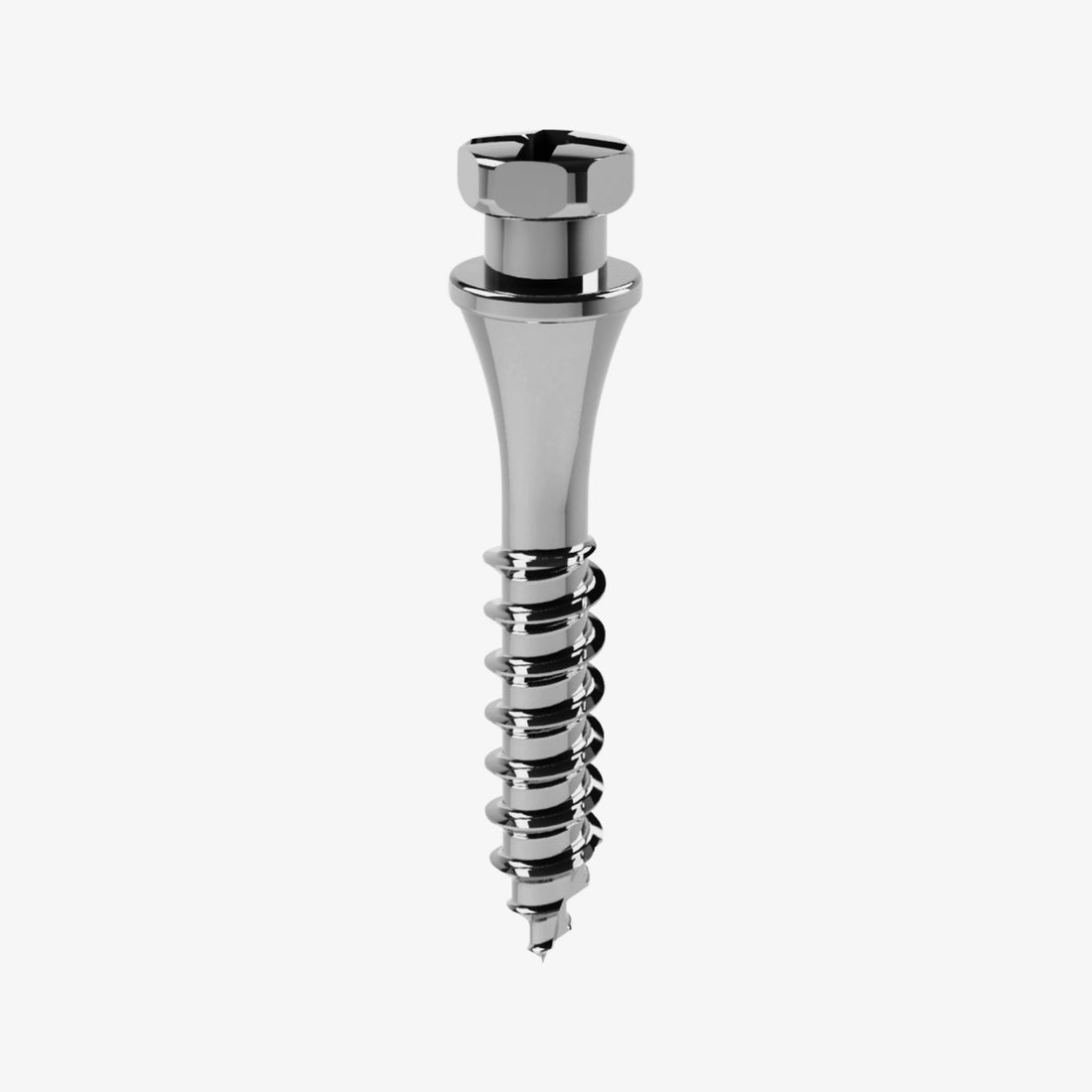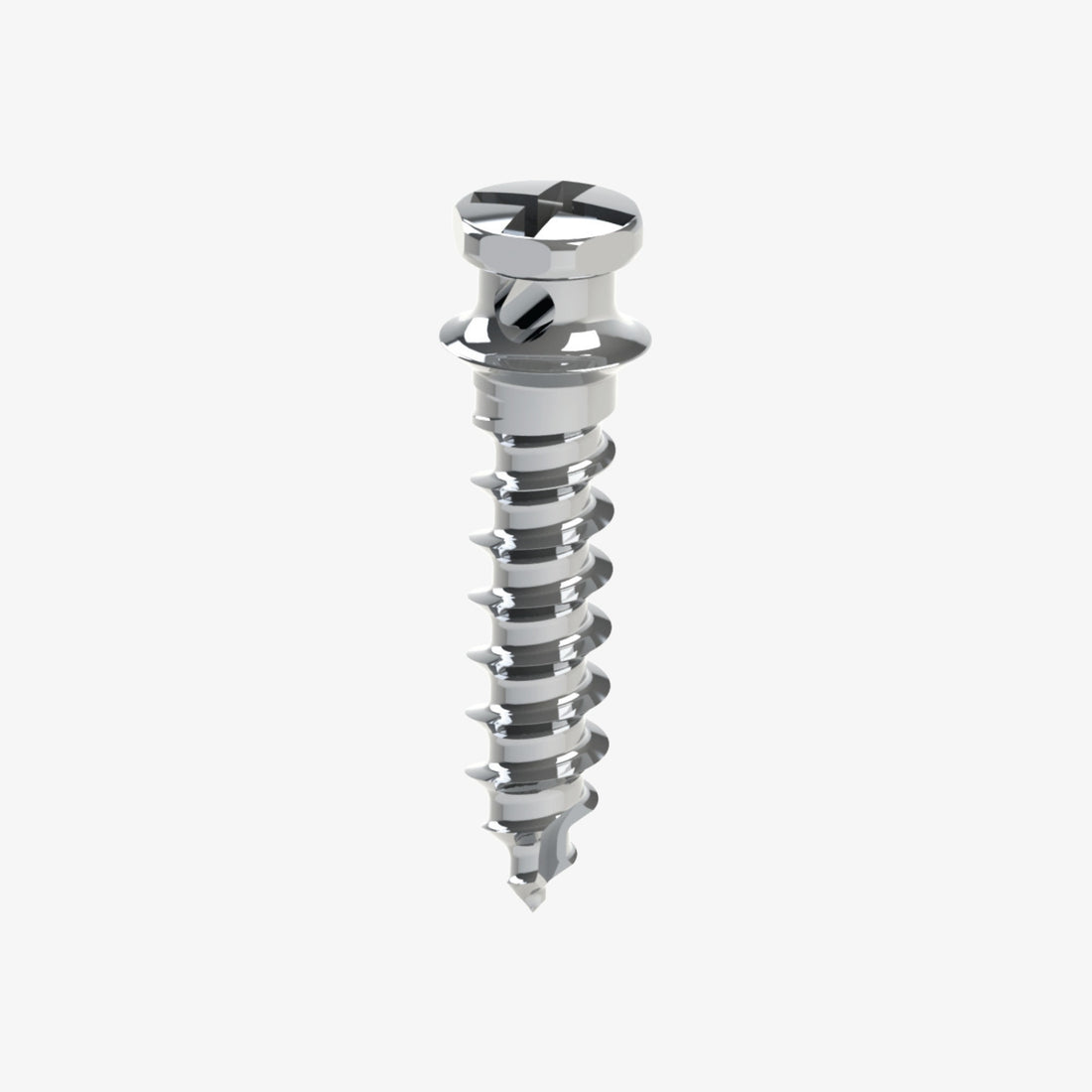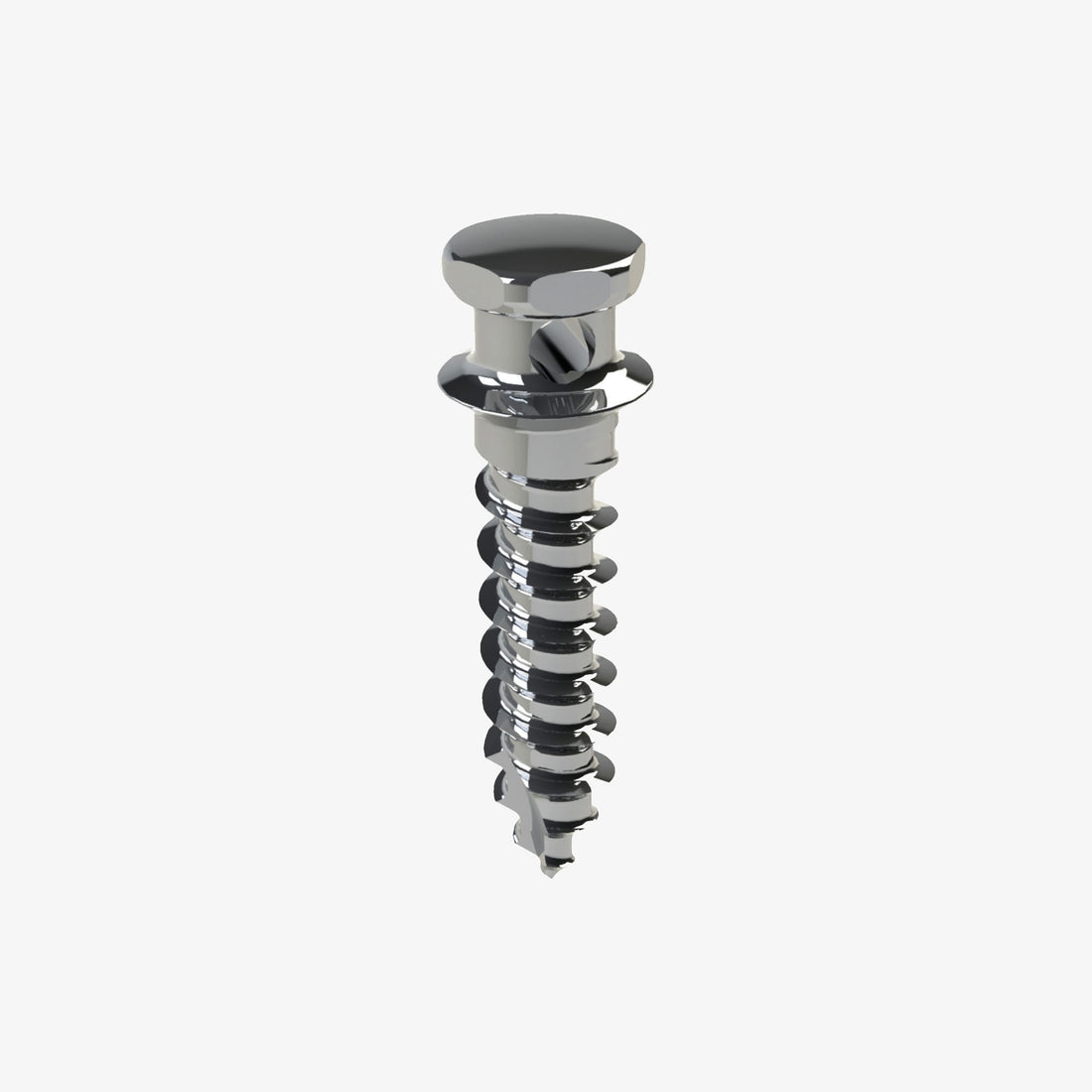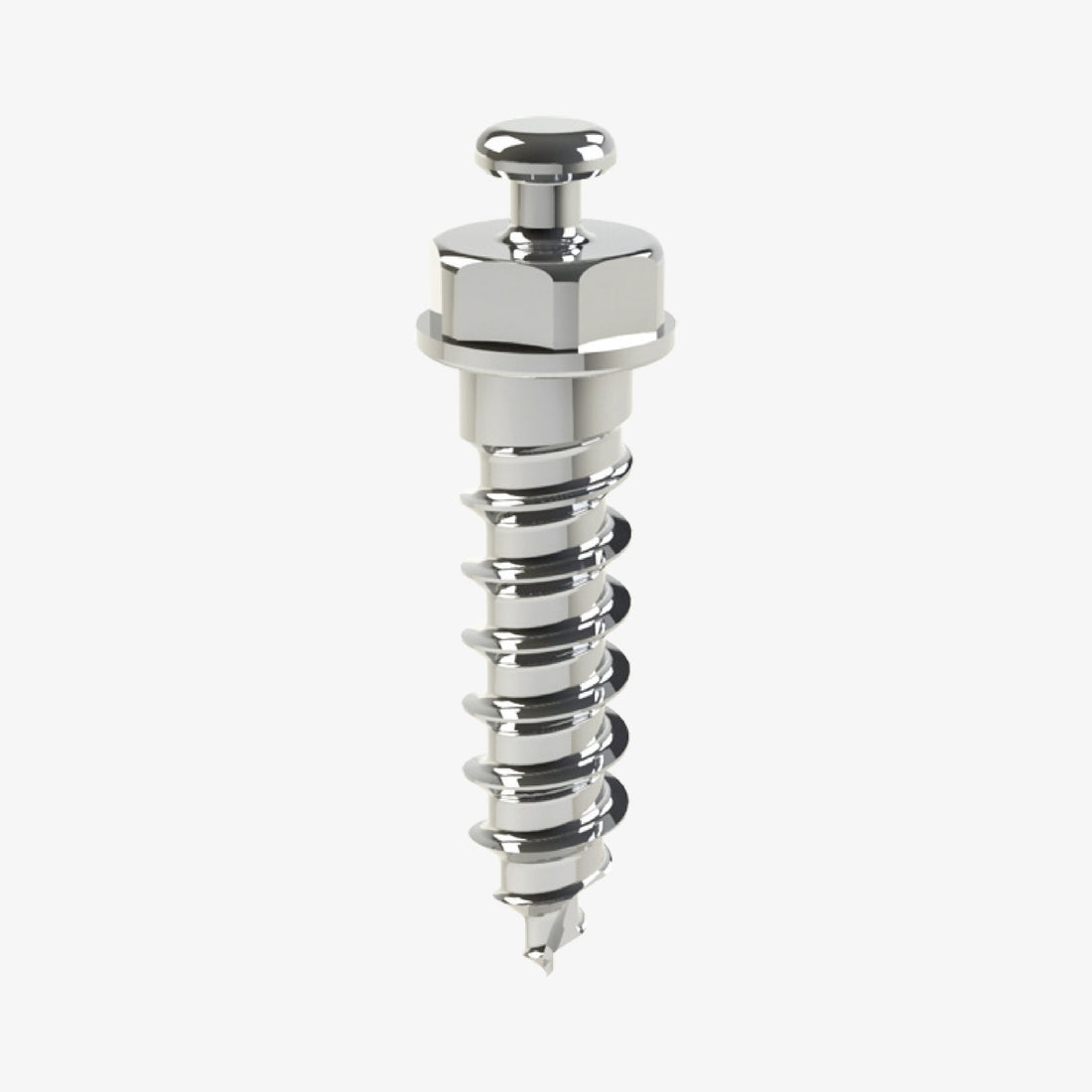Why Your Choice of Bracket Material Matters: Insights into Aesthetic Orthodontics
Introduction
Aesthetic brackets have become a fundamental part of modern orthodontic treatments, offering patients a more discreet way to straighten their teeth. Understanding the material science behind these brackets is essential for orthodontists who want to select the best option for their patients. The materials used in aesthetic brackets not only determine their appearance but also influence their durability, strength, and performance throughout the treatment process.
This article delves into the materials that make up aesthetic brackets, providing insight into the physical properties, advantages, and challenges of different materials. We'll also explore how innovations in material science have improved aesthetic brackets, making them a viable alternative to traditional metal brackets.
1. The Basics of Bracket Materials
At the core of aesthetic bracket design is the need for a material that combines transparency, strength, and resistance to discoloration. The materials used in aesthetic brackets must withstand the forces exerted during orthodontic treatment, while also maintaining their aesthetic appearance.
Key Materials in Aesthetic Brackets:
· Ceramics: Historically the first materials used for aesthetic brackets, ceramics can be divided into two categories: polycrystalline and monocrystalline ceramics.
· Polymers: These are materials that combine plasticity with aesthetic appeal. They offer better resilience than ceramics but may be prone to discoloration and wear.
· Composites and Hybrid Materials: Recent innovations have led to hybrid materials that combine the benefits of ceramics and polymers, offering both strength and aesthetic appeal.
Key Points:
· Ceramics: These materials are made from inorganic compounds and are highly valued for their translucency.
· Polymers and Composites: More flexible than ceramics, polymers are often used in combination with other materials to balance strength and aesthetics.
2. Polycrystalline vs. Monocrystalline Ceramics
One of the first major decisions orthodontists face when selecting aesthetic brackets is whether to choose polycrystalline or monocrystalline ceramic brackets. These materials differ not only in their appearance but also in their clinical properties.
· Polycrystalline Ceramics: These materials consist of many small crystals of ceramic, making them relatively weaker and more prone to discoloration compared to monocrystalline options. They have a milky appearance and are typically more affordable. While their aesthetic appeal is lower than monocrystalline options, they remain popular because they are less expensive.
· Monocrystalline Ceramics (Sapphire Brackets): Monocrystalline ceramics are made from a single, continuous crystal structure. The most well-known example is sapphire, which offers excellent translucency and durability. These brackets are harder and more rigid than polycrystalline ceramics, meaning they are less prone to wear and discoloration. However, they are more expensive and may be more challenging to remove due to their brittleness.
Key Points:
· Polycrystalline Ceramics: Affordable but prone to discoloration; suitable for patients with lower aesthetic demands.
· Monocrystalline Ceramics (Sapphire): Strong, durable, and translucent, but more costly and difficult to remove.
3. The Role of Polymers in Aesthetic Brackets
Polymers are increasingly being used in aesthetic bracket design due to their flexibility, resilience, and ease of manufacturing. These materials are generally made of plastic or composite materials and can be molded into the desired shape for the bracket.
· Polycarbonate Brackets: Polycarbonate is one of the most commonly used polymer materials for aesthetic brackets. It is highly flexible and easy to mold but is prone to discoloration over time. While polycarbonate brackets are relatively inexpensive, they don’t offer the same durability and aesthetic appeal as ceramic options.
· Medical-Grade Polymers: These advanced polymers, used in hybrid materials, are designed to offer the strength of ceramics with the resilience of plastic. They are more resistant to discoloration and wear and can offer low friction, similar to metal brackets. The development of medical-grade polymers, such as those used in Alpha Ceramic brackets, has greatly improved the performance of aesthetic orthodontic appliances.
Key Points:
· Polycarbonate: Inexpensive but tends to discolor over time and lacks strength compared to ceramics.
· Medical-Grade Polymers: Hybrid materials that combine the best of ceramics and plastics to provide improved aesthetics, durability, and low friction.
4. Advancements in Hybrid Materials
The integration of ceramics and polymers into hybrid materials has become a defining trend in aesthetic bracket development. These hybrid materials aim to address the limitations of individual materials by combining their strengths.
· Alpha Ceramic: One of the most significant innovations in recent years, Alpha Ceramic combines the transparency and aesthetic appeal of sapphire (monocrystalline ceramic) with the strength and flexibility of medical-grade polymers. This material minimizes the friction commonly associated with ceramic brackets and eliminates the discoloration and fragility issues seen in polycrystalline ceramics. Moreover, Alpha Ceramic brackets do not damage the enamel, making them highly desirable for patients concerned about long-term oral health.
· Composites with Hybrid Polymers: These materials combine inorganic fillers with polymer matrices to improve strength and resistance to wear while maintaining a low-profile aesthetic. These hybrid materials are often used in conjunction with self-ligating mechanisms, further reducing friction and improving patient comfort.
Key Points:
· Alpha Ceramic: Combines sapphire with medical-grade polymers for optimal performance.
· Composites and Hybrid Polymers: Offer a balance of strength, aesthetics, and low friction, addressing the shortcomings of earlier materials.
5. The Impact of Friction on Treatment and Material Choice
One of the most critical aspects of material science in orthodontics is the impact of friction. Traditional metal brackets and wires generate friction during movement, which can slow down the orthodontic process and make treatment more uncomfortable. This is especially problematic with ceramic brackets, which tend to have rougher surfaces than metal brackets.
Aesthetic bracket designs that minimize friction offer several benefits:
· Faster Treatment: Reduced friction allows for smoother tooth movement, potentially shortening treatment time.
· Increased Comfort: Lower friction means less discomfort for patients during treatment.
Materials like Alpha Ceramic, which combine smooth surfaces with low-friction properties, have become highly favored because they reduce treatment time and patient discomfort while maintaining excellent aesthetics.
Key Points:
· Friction in Orthodontics: High friction can slow treatment progress and increase discomfort.
· Low-Friction Materials: New hybrid materials like Alpha Ceramic reduce friction, offering faster treatment times and improved comfort.
6. The Future of Aesthetic Bracket Materials
The future of aesthetic bracket materials is closely tied to continued advances in material science and manufacturing technology. The next generation of materials will likely feature:
· Smart Materials: These materials could respond to changes in the oral environment, such as pressure or temperature, to optimize the movement of teeth.
· Self-Healing Materials: Materials that can repair themselves after being damaged, improving the longevity and durability of aesthetic brackets.
· Invisible Brackets: The goal of entirely invisible orthodontic appliances may become a reality with advancements in material transparency and strength.
Key Points:
· Smart Materials: Future brackets could respond to environmental changes for optimal performance.
· Self-Healing Materials: This technology would increase the durability and longevity of aesthetic brackets.
· Invisible Brackets: Advances in material transparency could lead to fully invisible braces, meeting the aesthetic demands of patients.
Conclusion
The material science behind aesthetic brackets has evolved significantly over the past few decades, driven by technological advances and the growing demand for more discreet orthodontic treatment options. From the early ceramic materials to today’s hybrid designs like Alpha Ceramic, orthodontic professionals now have a range of materials that balance strength, aesthetics, and performance. As material science continues to progress, the future of aesthetic brackets looks promising, with innovations that will further enhance patient care and treatment outcomes.
External Sources for Further Reading
1. "Ceramic Materials for Orthodontics: A Review of Developments" – American Journal of Orthodontics and Dentofacial Orthopedics.
2. "Materials and Advances in Aesthetic Bracket Design" – Journal of Dental Research.
3. "Innovations in Hybrid Materials for Orthodontics" – International Journal of Dentistry and Oral Health.












 0745 100 497
0745 100 497


